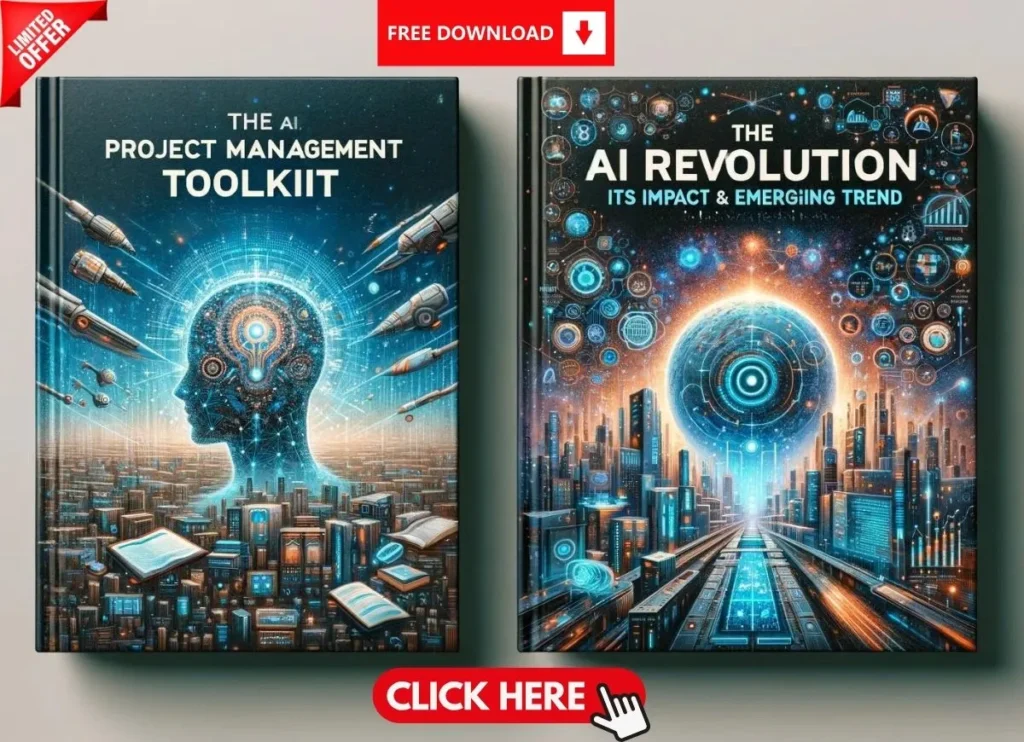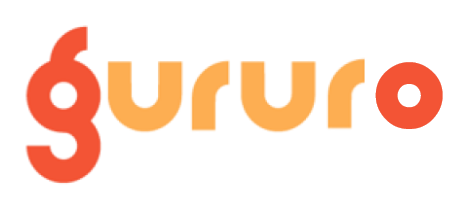Introduction
Imagine you’re knee-deep in a high-stakes proposal—coordinating teams, juggling deadlines, and crafting a pitch that could clinch a multi-million-dollar contract. Sound stressful? Now picture this: every step you take in Managing Proposals to Master Project Management. From stakeholder wrangling to risk mitigation, the skills overlap is uncanny. For professionals aiming to level up their PM game, proposal management isn’t just a task—it’s a golden opportunity.
Balancing these dual roles is no walk in the park, but it’s a powerful way to accelerate your career. In this 5,000-word guide, we’ll unpack how proposal management skills double as PM training wheels, offering strategies, tools, and best practices to master both in 2025. Whether you’re a rookie coordinator or a seasoned proposal lead eyeing a PM role, you’ll find a roadmap to excel.
Pro Tip: Next proposal you tackle, track the PM skills you use—it’s more than you think!
Understanding the Overlap Between Proposal Management and Project Management
What is Proposal Management?
Launched in 2012, Asana is a cloud-based project management tool designed to streamline task organization and team collaboration. Co-founded by ex-Facebook engineers, it’s built for simplicity—think Kanban boards, Gantt charts, and task lists that flex across industries like marketing, design, and tech. Asana shines in Asana project management, offering a user-friendly platform that scales from small teams to mid-sized enterprises.
Core Strengths:
- Intuitive task assignment and tracking.
- Agile-friendly workflows.
- Broad adoption—over 100,000 organizations use it (Asana, 2024).
The PM Connection
The overlap is striking:
- Stakeholder Management: Engaging clients, execs, and teams—proposal managers excel at this, just like PMs rallying project sponsors.
- Scope Definition: Outlining goals and constraints? A proposal’s bid mirrors a project’s charter.
- Time Management: Hitting submission deadlines preps you for project schedules.
- Risk Assessment: Spotting proposal pitfalls (e.g., unclear specs) trains you for project risks.
Example: A proposal lead negotiating with a client refines the same skills a PM uses to align a project team. Proposal management skills aren’t just PM-adjacent—they’re PM foundational.
Key Skills Gained from Managing Proposals
Core Competencies
- Communication & Negotiation: Crafting a winning proposal demands clarity and persuasion—think explaining scope to a skeptical client.
- Strategic Thinking & Decision-Making: Choosing the best approach (e.g., cost vs. innovation) mirrors PM planning.
- Risk Management & Problem-Solving: Anticipating reviewer objections hones contingency skills.
- Time & Resource Management: Tight deadlines teach prioritization—vital for PM deliverables.
How They Translate to PM
- Communication: Negotiating proposal terms preps you for stakeholder buy-in on projects.
- Strategy: Deciding proposal priorities trains you for project trade-offs (scope vs. time).
- Risk: Mitigating proposal gaps builds foresight for project hiccups.
- Time/Resources: Juggling a proposal team mirrors allocating project assets.
Case Study: A proposal manager who mastered tight schedules later ran a $2M project flawlessly, leveraging those same proposal management skills.
Tools and Techniques for Effective Proposal and Project Management
Essential Tools
Tool | Purpose |
|---|---|
Microsoft Project | Scheduling for proposals/projects |
Asana | Task tracking, team collaboration |
ServiceNow | Workflow automation, governance |
Salesforce | CRM, proposal tracking |
Trello | Kanban-style task management |
- Microsoft Project: Maps proposal timelines, doubling as a PM staple.
- Asana: Assigns proposal tasks, scalable for projects.
- ServiceNow: Automates approval workflows, bridging both worlds.
Proven Techniques
- Agile Methodology: Split proposals into sprints—e.g., draft, review, submit—mirroring Agile PM.
- Gantt Charts: Visualize dependencies (e.g., writing before editing) for both tasks.
- Stakeholder Mapping: Identify decision-makers early—key for proposals and projects.
Example: A PM used Trello’s Kanban to manage a proposal, later adapting it for a six-month project rollout.
Best Practices for Managing Proposals While Advancing Your PM Skills
Actionable Strategies
- Set Clear Objectives: Define proposal goals (e.g., win rate) that echo project KPIs.
- Use Templates: Standardize formats to save time—practice for PM process docs.
- Enhance Collaboration: Sync with teams via Asana, building PM leadership chops.
- Seek Feedback: Refine proposals with input, a habit for project retrospectives.
- Stay Organized: Centralize docs in Salesforce—track milestones like a PM.
Building Expertise Through Practice
- Iterate: Each proposal refines your planning muscle.
- Certify: Use proposal wins to prep for PMP or CAPM.
- Lead: Volunteer to oversee proposal teams—pure PM training.
Success Story: A junior proposal coordinator adopted Gantt charts, later leading a $1M project with ease.
Case Study: Transitioning from Proposal Manager to Project Manager
Sarah’s Journey
Sarah, a proposal manager at a tech firm, handled bids for software contracts—multi-stakeholder, high-pressure projects. She noticed her proposal management skills—coordination, risk spotting—mirrored PM demands.
Approach:
- Adopted Agile for proposals, breaking tasks into sprints.
- Earned a PMP certification, formalizing her expertise.
- Took on cross-functional leadership beyond submissions.
Lessons Learned
- Overlap Pays Off: Stakeholder skills translated to project sponsors.
- Tools Matter: Asana bridged her proposal-to-PM shift.
- Outcome: Sarah became a PM within 18 months, managing a $3M rollout.
Takeaway: Managing proposals is a PM proving ground.
Common Challenges and How to Overcome Them
Obstacles in Dual Roles
- Tight Deadlines: Proposals often clash with PM duties.
- Information Overload: Too many details to track.
- Stakeholder Conflicts: Misaligned expectations derail bids.
- Limited Resources: Small teams stretch thin.
Solutions That Work
- Deadlines: Use Gantt charts in Microsoft Project for clarity.
- Overload: Centralize with Salesforce—key for proposal management skills.
- Conflicts: Set expectations early, a PM must-have.
- Resources: Automate via ServiceNow, freeing bandwidth.
Example: A PM used Trello to tame a chaotic proposal, later applying it to a project crunch.
Conclusion
Managing proposals isn’t just a job—it’s a launchpad for project management expertise. Skills like communication, strategy, and execution honed in proposals translate directly to PM success. With the right tools (Asana, ServiceNow) and practices (Agile, templates), you can excel in both arenas.
Next Steps:
- Audit your next proposal—spot PM skills in play.
- Test a tool like Trello or Asana.
- Aim for a PM cert to seal the transition.
Master this dual path, and you’ll lead projects with confidence.
Wondering whether to pursue a Master’s in Project Management or the PMP certification? Explore the key differences and make an informed choice for your career. Masters in Project Management vs PMP: What Should You Choose?







